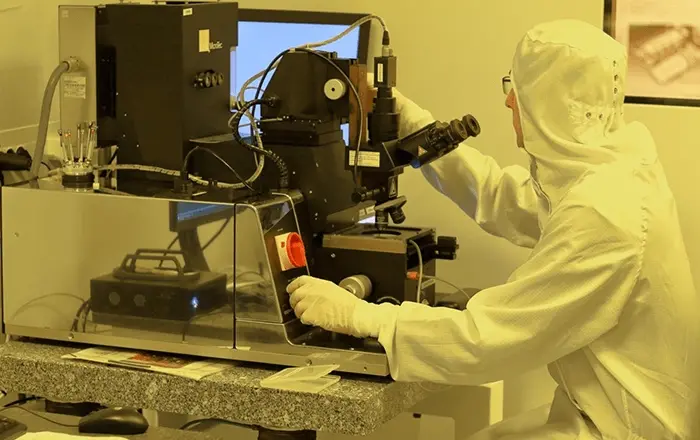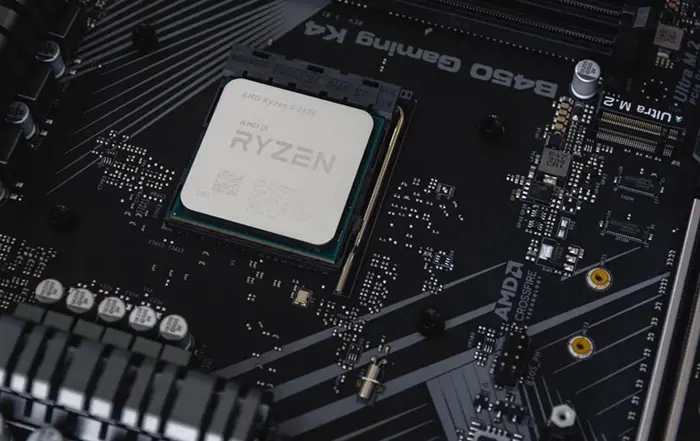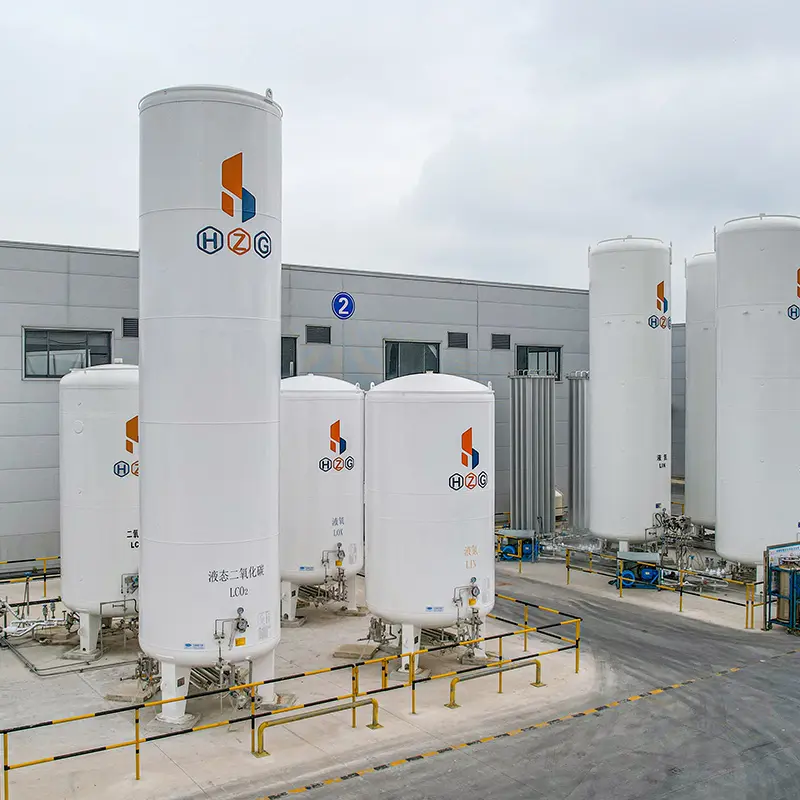Other specifications of packaging can be provided according to customer requirements




NF3 99.999% purity Nitrogen trifluoride Electronic Industry NF3
Nitrogen trifluoride is prepared by direct fluorination of ammonia. It can also be obtained by electrolysis of molten ammonium bifluoride or by the direct combination of elemental nitrogen and fluorine using an electrical discharge at low temperatures.
Nitrogen trifluoride is an excellent plasma etching gas in the microelectronics industry, especially suitable for the etching of silicon and silicon nitride, with higher rates and selectivity. Nitrogen trifluoride can be used as a high-energy fuel or as an oxidizing agent for high-energy fuels. Nitrogen trifluoride can also be used in high energy chemical lasers as an oxidizing agent for hydrogen fluoride lasers. In thin film processes for semiconductor and TFT-LCD manufacturing, nitrogen trifluoride acts as a “cleaning agent”, but this cleaning agent is a gas, not a liquid. Nitrogen trifluoride can be used to prepare tetrafluorohydrazine and fluorinate fluorocarbon olefin.
NF3 99.999% purity Nitrogen trifluoride Electronic Industry NF3
Parameter
| Property | Value |
|---|---|
| Appearance and properties | Colorless gas with musty smell |
| Melting point (℃) | -208.5 |
| PH value | Meaningless |
| Relative density (water = 1) | 1.89 |
| Critical temperature (℃) | -39.3 |
| Relative vapor density (air = 1) | 2.46 |
| Critical pressure (MPa) | 4.53 |
| Saturated vapor pressure (kPa) | No data available |
| Boiling point (℃) | -129 |
| Octanol/water partition coefficient | No data available |
| Flash point (°C) | Meaningless |
| Ignition temperature (°C) | Meaningless |
| Upper explosion limit % (V/V) | Meaningless |
| Lower explosive limit % (V/V) | Meaningless |
| Solubility | Insoluble in water |
Safety Instructions
Emergency overview: colorless gas with musty odor; Toxic, can cause or aggravate combustion; Oxidizing agent; Gas under pressure, if heated can explode; Long-term or repeated exposure can cause organ damage; Harmful by inhalation.
GHS risk Categories: Oxidizing gas -1, pressurized gas -compressed gas, specific target organ system toxicity by repeated contact -2, acute toxicity – inhalation -4.
Warning word: Danger
Hazard statement: can cause or aggravate combustion; Oxidizing agent; Gas under pressure, if heated can explode; Long-term or repeated exposure can cause organ damage; Harmful by inhalation.
Precautions:
· Preventive measures:
— Operators must undergo special training and strictly abide by operating procedures.
– Strictly sealed to provide sufficient local exhaust and comprehensive ventilation.
— It is recommended that operators wear personal protective equipment.
– Prevent gas leakage into the workplace air.
— Keep away from fire and heat.
— Smoking is strictly prohibited in the workplace.
— Keep away from flammable and combustible materials.
— Avoid contact with reducing agents.
— Light loading and unloading during handling to prevent damage to cylinders and accessories.
– Do not discharge into the environment.
· Incident response
— If inhaled, quickly remove from the scene to fresh air. Keep your airway clear. If breathing is difficult, here
Administer oxygen. If breathing and heart stop, start CPR immediately. Seek medical attention.
— Collect leaks.
In case of fire, cut off the air source, fire personnel wear gas masks, and stand upwind at a safe distance to extinguish the fire.
· Safe storage:
– Stored in a cool, ventilated toxic gas warehouse.
— The temperature of the warehouse should not exceed 30℃.
– Should be stored separately from easy (flammable) substances, reducing agents, edible chemicals, etc., and should not be mixed.
— The storage area should be equipped with leakage emergency treatment equipment.
· Waste disposal:
– Disposal according to the requirements of relevant national and local laws and regulations. Or contact the manufacturer to determine the disposal party
Dharma.
Physical and chemical hazards: toxic, oxidizing, can cause or exacerbate combustion, harmful to the environment. Subject to impact, friction, in case of open fire or other ignition source is extremely explosive. It is easy to ignite when in contact with combustibles.
Health hazards:It is irritating to the respiratory tract. It may affect the liver and kidneys. Repeated or long-term inhalation exposure may cause fluorosis.
Environmental hazards:Harmful to the environment.


















